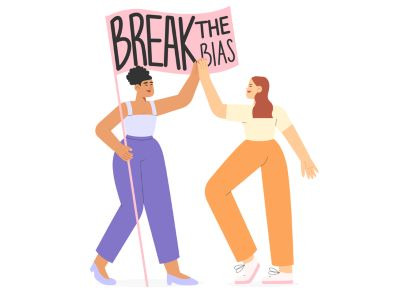You are in: Caribbean
Change location
You are here
How To Make the Case

Module 1: Making the Case for Diversity, Equity & Inclusion (DEI)*
From Ways to Incorporate DEI into Your Courses By David Luke, Chief Diversity Officer, University of Michigan, Flint
How To Make the Case
My recommendation for instructors incorporating DEI into their classrooms, particularly in courses where it may feel like less of a “natural” fit, is to leverage all possible rationales that are available.

Leverage interest convergence: Research indicates a tendency for higher education institutions to discuss the academic benefits of institutional diversity by implicitly centering the benefits to white students, and that doing this exclusively has unfavorable consequences for Black students. However, this strategy leverages interest convergence, and ultimately may help in garnering support for DEI.
Academic benefits: Cite the extant literature on the academic benefits of diversity, much of which was produced during the early 2000s when the Supreme Court of the U.S. was hearing the cases of Grutter v. Bollinger and Gratz v. Bollinger, which focused on the consideration of race in admissions at the University of Michigan.
Better decision-making: This academic benefit isn’t relegated to the classroom alone. Plenty of research demonstrates that diverse teams make better decisions than homogeneous teams; this is particularly true of cognitive diversity, but cognitive diversity is often related to identity diversity (Page discusses this well in his 2008 book, The Difference).
The business case: Show the financial benefits of diversity, equity, and inclusion. Often, when firms (for-profit organizations) make better decisions, those are better because in for-profit organizations, better is defined as more profitable for shareholders. This rationale applies to higher education as well (as critics of the neoliberalization of higher education will begrudgingly attest), as inequity in higher education is often financially costly. For example, if certain student populations are retained at lower rates than others, there is a financial cost in lost tuition revenue.
The global marketplace: Show the benefit of diversity in how it relates to students’ future participation in a global marketplace, or even in a country that’s undergoing a dramatic change in its racial demography in the next 30-plus years. Business schools have already been teaching “cultural competence” for many years with the idea of preparing students for business dealings in other countries. This approach feels very transactional, but may garner some support, or at least chip away at resistance.
Prejudice reduction: Promoting DEI in the classroom, and encouraging more diverse classes themselves, also has the benefit of reducing prejudice. Since the 1950s, researchers have built on the work of Gordan Allport and his famous contact hypothesis, and recent research suggests that intergroup contact produces the prejudice reduction benefits that Allport had first identified.
Bring home the moral case: For those students who want to see their prejudices reduced, they are likely moved by the moral case—the idea that equity and justice are the right things to do. Recognizing that our institutions, especially Historically White Colleges and Universities (HWCUs), are culpable in reproducing racial (and other forms of) inequity, we know that righting those wrongs is the moral thing to do. We owe it to our students who have been underserved to do right by them, and that includes those who have been underserved and marginalized in the curriculum.
*Published 07/22. © 2022 Sage Publishing. All rights reserved. All other brand and product names are the property of their respective owners.
